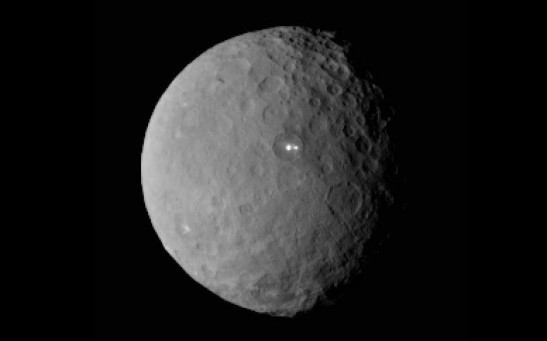nasa

Astronomers Discover Planet in Multiple Star System
Arctic Ice Thinning Much Faster Than Scientists Thought
Military Satellite Explodes in Space
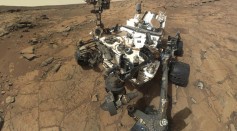
Short Circuit Leaves Curiosity with One Arm
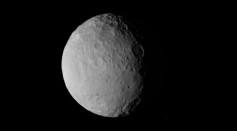
Dawn’s Long Journey About to End By Entering Orbit of Ceres
NASA Seeks to Improve GPS Communications with Study of Ionosphere
NASA Receives Proposals for More Solar System Exploration

Curiosity Mars Rover Seeks Answers in the Rocks of Pahrump Hills
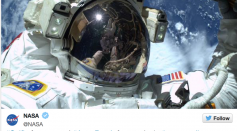
Should NASA and The International Space Station Be Worried About the Vapors?
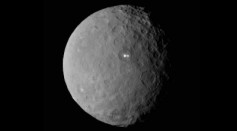
As Dawn Spacecraft Approaches, A Second Bright Light Emerges from Ceres

Could Dark Matter and Black Holes Cause the Swirl In Your Galaxy?
Researchers Find How Acidified Oceans Have Become with Help of NASA and ESA Satellites
Ash, Auroras or Clouds—What Could this Strange Martian Plume Be?

VIDEO—How Antiquated Technology May Reveal the Secrets of Titan’s Seas
Most Popular

AI Revolution in Medical Education: Transforming How Healthcare Professionals Learn

Exploring Life Beyond Earth: Study Claims Other Planets Could Be Suitable for Alien Life

China’s Tiangong Space Station to Expand Its Capabilities With New Modules

Out of Office, Not Out of Mind: Planning for Employee Holiday Absences

